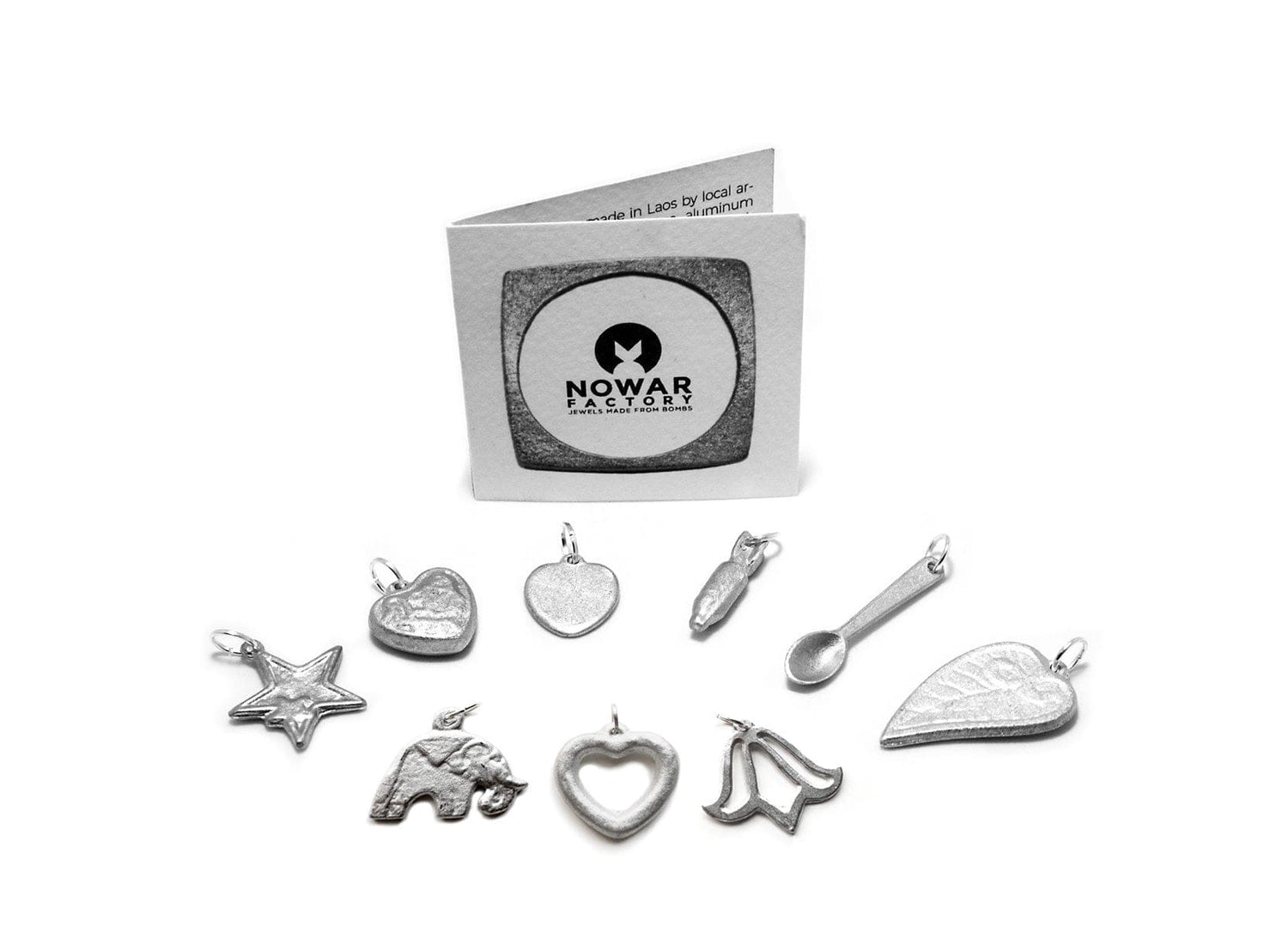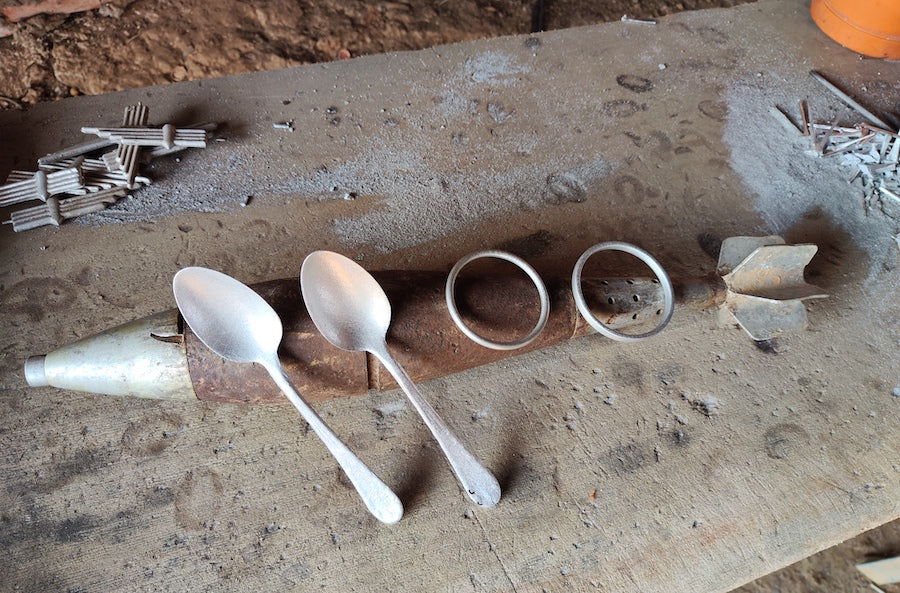In the first part of this in-depth analysis we will understand the numbers that revolve around the phenomenon of anti-personnel mines at a global level, with particular attention to Laos. Subsequently, with the direct testimony of Massimo Moriconi, founder of No War Factory, we will try to understand how to bring concrete help to the local communities tormented by this plague.
The numbers of anti-personnel mines
In around 60 countries globally, landmines still pose a threat to the safety of people and animals . Decades after the end of conflicts, their removal remains a costly and dangerous process. According to the United Nations annual report , landmines have killed or seriously injured in recent years:- 6,500 people in 2019
- 7,073 people in 2020
- 5,554 people in 2021
But the numbers could be much higher, as many victims go unreported. The most chilling aspect is that approximately 40-50% of these victims are children . Here is a map of the countries where major landmine incidents occurred between 1999 and 2010:

Image Credits KVDP on Wikimedia
Which are the most tormented countries?
According to the International Organization for Economic Co-operation and Development (OECD), the countries with the most anti-personnel mines are Afghanistan, Angola, Bosnia and Herzegovina, Cambodia, Colombia, Egypt, Laos, Iraq, Israel, Lebanon, Libya, Mozambique, Nicaragua, Syria, Somalia, and Yemen.Laos has around 80 million unexploded bombs . Afghanistan is one of the most battered countries, with 2022 estimates indicating the presence of more than 18 million landmines. In Cambodia, from the time of the Khmer Rouge regime, there remain 4-6 million unexploded mines, as in Angola, from the time of the civil war that ended in the 1990s.
The difficult demining in Laos
In 1893, Laos became a French protectorate, and remained so until independence in 1953. After independence, the country experienced a period of political instability and internal conflict. During the Vietnam War, the United States conducted intense bombing of Laos and extensively mined the territory. It is estimated that there are still over 80 million unexploded bombs in Laos today, making it one of the countries with the highest density of unexploded ordnance in the world. These mines continue to cause many casualties among Laotian civilians.

Even today, between beautiful waterfalls and walks through the placid streets of Luang Prabang , a short visit to the UXO Lao Visitor Center will open your eyes to the terrible Laotian history. Between the years 1964 and 1973, the United States dropped over 2 million tons of explosive devices on these lands, so much so that they were nicknamed Land of Mine or Mine Land . More than 270 million sub-munitions (bombs) made from cluster bombs have arrived in Laos. Of these, approximately 80 million did not explode. Since then, approximately 50,000 Laotian civilians have been killed or maimed by UXO (unexploded ordnance) incidents , at least 20,000 since the end of the war in 1973. Half of the victims are children who died from child-killing mines in the form of toy mines. Italy for its part has been and still is one of the largest producers of anti-personnel mines and anti-tank mines since the First World War.
Jewels from unexploded mines: No War Factory, the idea of Massimo Moriconi and Serena Bacherotti
Strengthened by the experience accumulated in the implementation of humanitarian projects in South-East Asia, in 2017 Massimo Moriconi and Serena Bacherotti, two young Tuscans, approached the population of the villages of the Plain of Jars in Laos, one of the most affected. Commonly used tools are already produced here by recycling aluminum obtained from bomb waste. This is how the No War Factory project came to life. The aluminum bomb scrap that is used comes from wartime explosions or more recent detonations controlled by bomb disposal professionals. Such as the Mines Advisory Group (MAG), a non-governmental organization that assists people affected by landmines, butterfly mines, anti-personnel mines, unexploded ordnance, small arms and light weapons. Or Apopo , a Belgian NGO that trains giant rats in Tanzania to clear land covered by anti-personnel mines. Massimo and Serena's idea is to study the recycling mechanism and convince Laotian artisans to make molds to create jewellery, necklaces, necklaces, bracelets and earrings. The No War Factory brand is born, the first collections of high quality artisanal jewelery objects are born.

No War Factory purchases products directly from Laotian craftsmen and women , thus contributing to the economic development of the villages. Artisans source the material from local foundries that receive the metal from families who own properties where the metal has been professionally demolished. With a technique called stirrup , that is, using simple clay molds into which molten aluminum is poured, the jewelery is produced. Aluminum jewellery, a hypoallergenic and nickel free material, is sold online through e-commerce. In addition to operating in Laos, No War Factory also carries out a good part of its work in Cambodia, where the risk of unexploded mines is very high, and markets jewelery made from brass shells deriving from the Khmer occupation of the 1970s with the Craftworks Cambodia association .

The effects of anti-personnel mines on local communities and the help of the Sons of Mine association
To help the Laotian populations tormented by mines, in addition to purchasing an item in the Nowarfactory.com online shop, you can support the non-profit association "Sons of Mine". Massimo and Serena, together with friends, doctors and volunteers, collect donations every year with the aim of concrete help for families in rural villages.
“In recent years we have built a school with sanitary facilities in the village of Katang Xieng in collaboration with other international associations. Every year we try to carry out drinking water supply projects for the families of the poorest villages, through the purchase and distribution of filters for water purification.
It all started in 2018, in the town of Phonsavan in Laos, we met the members of this district of the UXO Lao association for prevention and training against the dangers of war remnants. We spent an entire day with them, they showed us films on the preparation of the staff and the education they gave to the inhabitants of rural villages regarding the dangers of unexploded ordnance. Then we went with them to the workplace: a plot of land to be scanned with metal detectors to identify the devices, to then connect them together and make them shine", declares Massimo.

The quantity of unexploded cluster bombs in that area was enormous: one device every six square metres. We were shocked by that experience and wanted to find out more about the danger of these devices. In the village of Ban Maphia, where No War Factory collaborates with artisans to create jewelery to sell, we interviewed one of them who had been injured by an explosion. When he was about 13 he went to play with his friends and his teacher in the woods. One of the children had found what he thought was just a metal ball and had started playing with it by throwing it into the air and catching it. When the master noticed it, it was too late: the cluster exploded, breaking into a thousand pieces and killing everyone on the spot, all except one. The seriously injured child managed to drag himself towards the village before passing out. He was transported to the nearest hospital where doctors managed to save his life. But even today he bears the signs of that devastating explosion: his face is scarred and in his body there are still pieces of metal shrapnel that the doctors were unable to remove", continues Massimo.
The effects of landmines on local communities are catastrophic. Mines prevent people from accessing vital resources such as water, food and health services. Furthermore, mines limit people's freedom of movement, preventing them from going to school, work or visiting loved ones. Landmines are a plague that continues to claim innocent victims throughout the world. In recent years, there have been major advances in the fight against landmines. The 1997 Ottawa Treaty banned the use, production, stockpiling and sale of anti-personnel mines. Currently, there are 164 countries that have ratified the treaty. However, there are still countries that have not joined the treaty or that continue to produce anti-personnel mines.

Continue following us for further insights.


